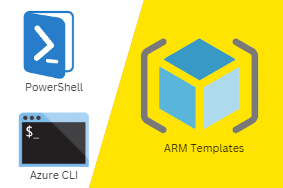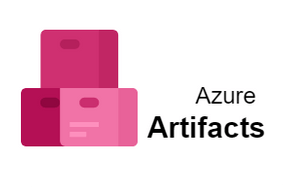Azure Data Studio is an open source, cross-platform desktop environment for data professionals using the Azure Data family of on-premises and cloud data platforms on Windows, macOS, and Linux. Previously released under the preview name SQL Operations Studio, Azure Data Studio offers a modern editor experience with lightning fast IntelliSense, code snippets, source control integration, and an integrated terminal. It’s engineered with the data platform user in mind, with built-in charting of query result sets and customizable dashboards.
Research has shown that users spend an order of magnitude more time working on query editing than on any other task with SQL Server Management Studio. For that reason, Azure Data Studio has been designed to focus deeply on the functionality that is used the most, with additional experiences made available as optional extensions into the product. Every user is allowed to customize their environment to the workflows that they use most often.
Features of Azure Data Studio
Azure Data Studio uses Microsoft’s Visual Studio Code source code editor as its foundation; the management tool was forked from Visual Studio Code, and as in the latter technology, the open source Electron framework serves as a cross-platform application building block. An integrated terminal window enables users to execute database management commands with Bash, PowerShell, sqlcmd and other command-line tools from within Azure Data Studio’s UI.
The tool includes built-in features like multi-tab windows, a T-SQL editor, smart code navigation and integration with the Git open source version control system for tracking source code. In the T-SQL editor, users can save the results of database queries as text, JSON or Excel files; in addition to query development, the editor supports the creation of stored procedures, scripts and other database objects.
Azure Data Studio also provides a set of T-SQL code snippets that can be used to streamline the process of writing T-SQL statements. The code snippets are templates that generate the T-SQL syntax needed to perform different administrative actions, from updating existing database objects to creating new databases, tables and views. Users can also create custom code snippets for actions that aren’t covered by the built-in ones.
Another key feature in Azure Data Studio is the ability to create insight widgets that visualize the results of T-SQL queries to make it easier for DBAs and other users to see what’s happening in their databases. An insight widget uses JSON code to automatically generate a chart or graph that displays information about an individual database or a SQL Server system, depending on the T-SQL query. Users can drill down into the underlying data and initiate management actions based on what they find.
Azure Data Studio supports SQL Server from the 2014 release to the SQL Server 2019 preview that Microsoft also made available in September 2018. Both Azure SQL Database and Azure SQL Data Warehouse are also supported, and as of November 2018 the tool included preview support for Azure SQL Database Managed Instance, a version of the cloud database system that’s almost functionally equivalent to SQL Server.



2 Comments
Working at Walmart · October 28, 2022 at 12:57 pm
Cheers.
zoritoler imol · November 22, 2022 at 9:00 pm
I’d have to test with you here. Which is not one thing I usually do! I take pleasure in studying a post that can make people think. Additionally, thanks for allowing me to remark!